How do you beat the unbeatable criminal?
Gayle Lynds
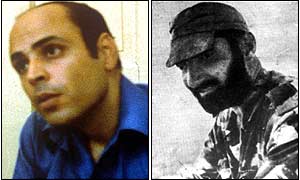
It’s hard to believe that any criminal — even a notorious contract killer — could be unbeatable, but it’s a question we writers of crime and espionage fiction must address with every book. We’re looking for ingenious ways to catch ‘em.
Fortunately, there are some real-life examples for us to work from. One of the most infamous killers plied his trade during the Cold War: international assassin Abu Nidal was so powerful and elusive that governments actually paid him just to leave their people alone.
That should keep him in power, right?
But Abu Nidal didn’t have a consistent belief system, and he switched sides easily. Entire nations backed him. His terrorist organization, the ANO, was ultimately responsible for a shocking 900 murders in 20 nations, according to Time magazine.

His favorite target was Americans. “Long before 9/11, the title of most dangerous terrorist in the world belonged to Abu Nidal,” Time proclaimed grimly.
Finally, a CIA agent — legendary spymaster Dewey Clarridge — figured out how to stop him….
Abu Nidal demanded complete obedience from his followers. New recruits were required to commit a crime before joining — a bank robbery, an assault, a murder — which also gave him a way to control them. But the CIA didn’t allow its people to commit such crimes, so it was impossible to infiltrate the group.
Then Clarridge founded a brand-new organization — the CIA Counterterrorist Center (CTC). Never before had personnel from the CIA directorates of Operations, Intelligence, and Science & Technology been tasked to work permanently together.

In one of its first jobs, an operative turned an ANO member into an informer, and the Counterterrorist Center uncovered more and more details of the vast ANO network. Its financial system was global and so healthy that ANO-controlled companies had made Nidal a rich man by engaging in legitimate business while acting as cover for arms deals and mercenary activities.
“After reviewing this astonishing network of terrorist support,” Clarridge wrote in his memoir, A Spy for All Seasons, “I arrived at the conclusion that the best way to attack Abu Nidal was to publicly expose his financial empire and his network of collaborators.”
With that, the Counterterrorist Center created The Abu Nidal Handbook, which meticulously detailed the organizational chart, crimes, and members’ and accomplices’ home addresses. Some of them were living in countries friendly to the United States.
The revelations worked: “Governments in Europe squirmed, but they terminated their dealings with Abu Nidal,” Clarridge wrote. “Like many in his line of work, Abu Nidal was paranoid. The CTC fueled his hysteria over plots against him — feeding fear to a paranoid is something we know how to do. Not surprisingly, Abu Nidal panicked. The punishment for disloyalty was torture and death.”

Abu Nidal had turned his terror campaign back against his own people. Soon the ANO was drowning in its own blood.
And there you have it — an ingenious, calibrated, well-researched CIA operation that caused one of the world’s greatest criminals to destroy his own organization.
Although he lived 15 more years, Abu Nidal never again commanded a world-class group. He was shot to death in 2002 in Baghdad — there are conflicting reports about whether he committed suicide or was murdered. He was 65 years old. His real name was Sabri Khalil al-Banna.
The Cold War stories of assassins such as Abu Nidal inspired my international espionage novel, The Assassins. Each of the six men of the title came out of the Cold War and, in the book, are still working today.
To write it, I faced the question of how to beat the unbeatable. Do you have any answers?







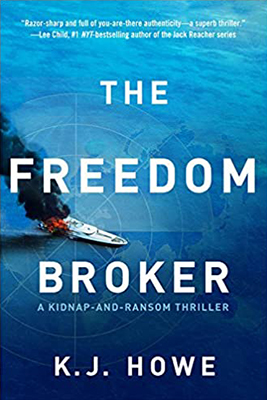











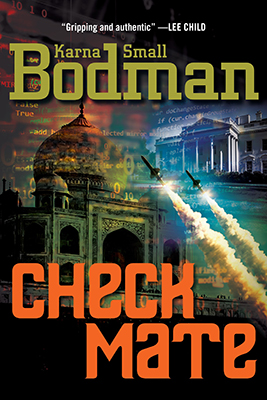






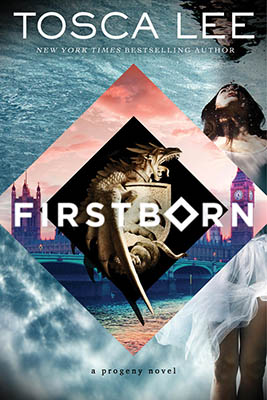












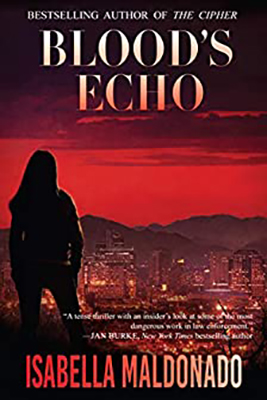







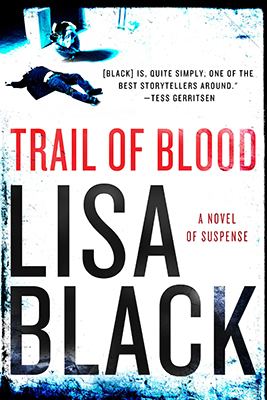
To answer your question (not that I really can) – I do know that The White House National Security team has often used “Red Team/Blue Team” exercises where one side proposes perceived threats and villains, and the other team tries to figure out ways the US could possibly stop them (and I also know that thriller writer Brad Meltzer was once invited to come in and pose “imagined threats” for our people to work on.) As for books about this – I loved your book, “The Assassins” – thanks Gayle for this great post!!….Karna Small Bodman
Thanks, Karna, for your deep understanding and background. You were there! Love all of your spy books, too!
Clearly, every bad guy has a vulnerability—all you have to do is figure out what it is and exploit it. I love it that all it took was telling the truth! And then the exposure destroyed them.
I’d also be curious to know how they got that first operative to turn…!
The scariest criminals have no conscience like that…because there are no limits to what they’ll do. To beat em, characters have to think like them–what would someone do who is willing to do anything?
Thought-provoking post, Gayle!
Thanks, Jenny. And of course you’re right … to be able to think like one’s opponent is critical, and without the background information about the leader and followers, that would’ve been impossible. Food for us suspense writers!
I know, Lisa, I’m curious about that, too. Someday it’s likely to be revealed. The Counterterrorism Center was spot on to have pulled that off, and then the rest of the operation, too. Really impressive.